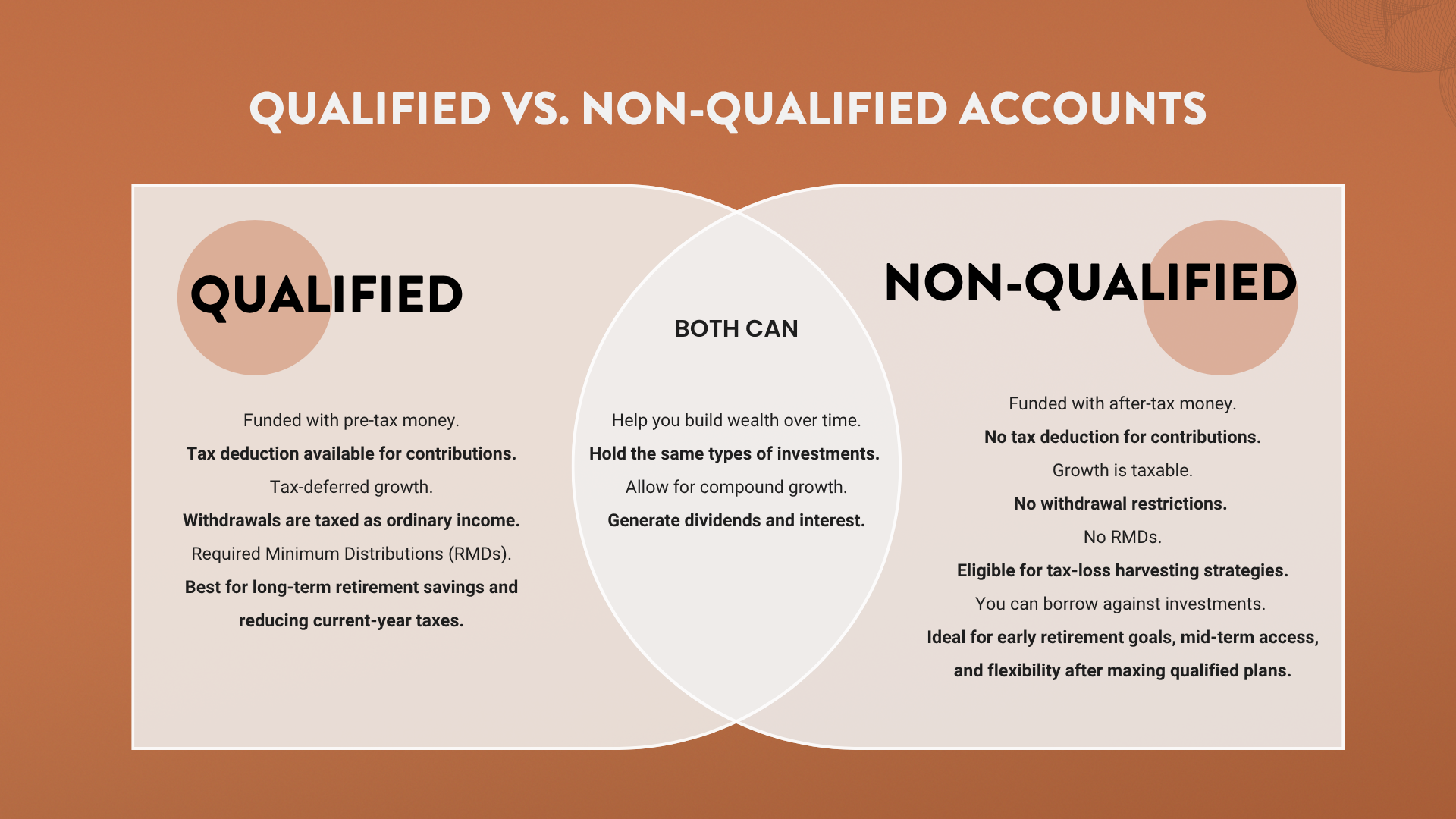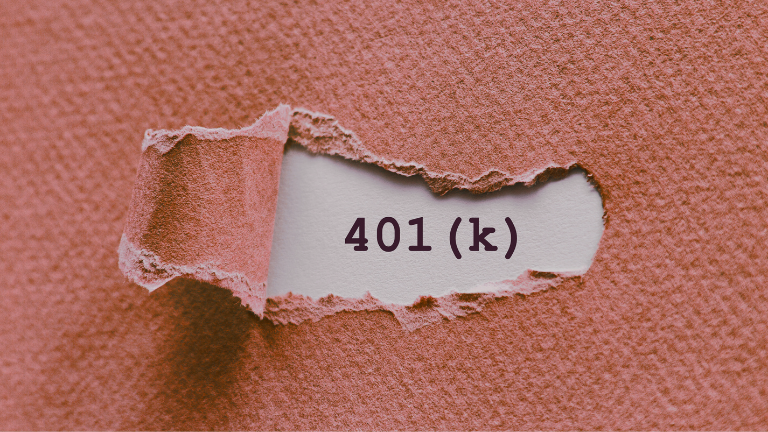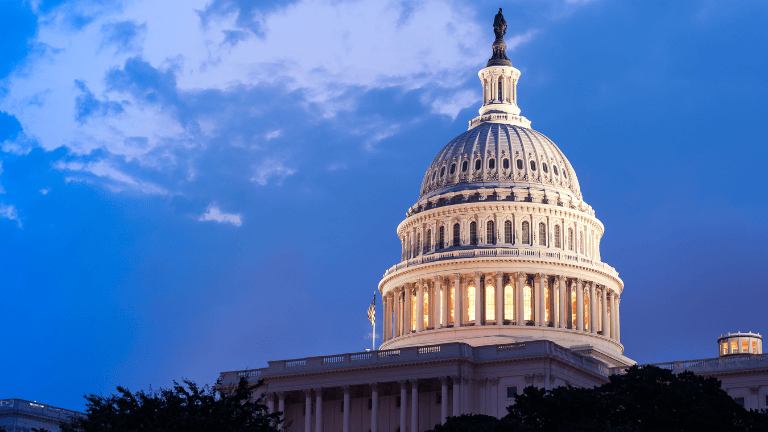Retirement planning is one of the most important financial transitions you will ever navigate. It is also one of the most misunderstood. People spend decades saving money in different accounts, following rules, avoiding mistakes, and trying to do “the right thing,” but once retirement approaches, a new wave of questions always shows up.
When should I take money out?
Should I convert to a Roth?
Will I be penalized?
How much will taxes take?
How do I actually get paid when I retire?
These are not small questions. They are real concerns for real people who want to retire confidently, avoid surprises, and feel like the years of hard work were worth it.
In this extended Q&A guide, we break down the most common questions we hear from clients who are planning for retirement. Everything is based directly on real conversations, real scenarios, and real planning strategies that actually work.
Grab a coffee, settle in, and let’s dive in.
Listen Now: iTunes | Spotify | iHeartRadio | Amazon Music
Retirement Questions We Hear Most Often from Clients
Q: What exactly is a Roth conversion, and when does it make sense?
A: Roth conversion is the process of taking money from an account that grows tax deferred, like a traditional IRA or traditional 401k, and moving it into a Roth IRA. After it moves, the money grows tax free.
To convert it, you pay ordinary income tax on whatever amount you move over. There is no penalty, but the conversion itself counts as taxable income.
So when does it make sense?
For many people, the sweet spot tends to be around the mid fifties to early sixties. That time period is often ideal for three reasons.
First, you have a long time horizon before age 73 or 75, which is when Required Minimum Distributions begin. Once RMDs begin, the government forces you to take out a percentage of your IRA each year, whether you need the money or not. This can push people into higher tax brackets later in life.
Second, in these years you are often in control of your income. You might have retired early, switched careers, slowed down, or otherwise entered a stage where your taxable income is lower than it will be in your seventies. Lower income means lower tax cost for the conversion.
Third, Medicare has not begun yet. Once you turn 65, your Medicare premiums can increase based on your income. This is called IRMAA, which stands for Income Related Monthly Adjustment Amount. A big Roth conversion after age 65 can cause a spike in your premiums two years later due to the Medicare lookback rule. Doing conversions before you hit Medicare avoids a lot of that stress.
For someone in their mid fifties to early sixties who has not yet started Medicare and who has a window of lower income, a Roth conversion can be incredibly smart.
Q: Why do people get surprised by taxes in retirement?
A: There is a common belief that you will be in a lower tax bracket when you retire. It sounds reasonable. You are no longer working. You are not earning a full salary. Your expenses might be lower.
But for a lot of people, that is not what actually happens.
People often enter retirement with seven figure IRAs, real estate income, Social Security, pensions, interest income, and dividends. Once RMDs begin at 73 or 75, they are required to pull out a large chunk of money each year and pay taxes on it. Combined with other sources of income, this sometimes pushes retirees into the same or even higher tax brackets than they were in during their working years.
This is the opposite of what many people were told when they first started contributing to their IRAs decades ago. Back then, the message was simple. Save pre tax money now, enjoy a deduction today, and pay lower taxes in retirement.
For many high income professionals, business owners, and diligent savers with strong investment portfolios, that message simply did not play out as promised.
This is why Roth conversions have become such a powerful planning strategy. They help you control the tax impact before RMDs begin. This gives you more freedom later.
Q: How do Roth conversions affect Medicare?
A: This is a very common retirement question and a very important one. Medicare premiums are influenced by your income. The higher your income, the more you pay. This is what IRMAA refers to.
Here is the catch. Medicare looks back two years at your income. That means if you do a Roth conversion at age 67, Medicare will look back to your income from age 65 and adjust your premiums.
Clients are often surprised by this. They retire, believe their income will drop, and then suddenly their Medicare premiums jump by two hundred or three hundred dollars a month. That adds up quickly.
This is why doing conversions before 65 can be very helpful. It completely avoids IRMAA and ensures you do not get surprised once Medicare starts.
For people already on Medicare, conversions may still make sense, but it depends heavily on your cash flow, tolerance for temporarily higher premiums, and long term goals. It requires thoughtful planning and precise math.
Q: Can a poorly timed Roth conversion push me into a higher tax bracket?
A: Absolutely. This is one of the biggest risks.
If you are in the 32 percent bracket, for example, and you convert too much, you may cross into the 35 percent bracket. That means the portion of your conversion that crosses the line gets taxed at a higher rate. That is usually not ideal.
The goal with Roth conversions is to fill your tax bracket, not blow past it. Think of it like carefully filling a bucket of water. You want to stop right before it spills over the edge.
This is why end of year planning is so important. By November or December, you know your income for the year. You know where your tax bracket will land. At that point, you can decide exactly how much room you have left to convert without going into a higher bracket.
That kind of intentional planning can save thousands of dollars.
Q: Should I contribute to a Roth 401k or a traditional 401k?
A: This is another very common retirement question.
Most employers now offer a Roth option inside their 401k, although some still do not. The main difference is this:
A traditional 401k uses pre tax dollars. This lowers your taxable income for the year. The money grows tax deferred. You pay taxes when you take it out later in life.
A Roth 401k uses after tax dollars. You do not get a deduction this year. The money grows tax free. Withdrawals are tax free in retirement.
So which one is better?
For many people, especially younger individuals or anyone in their thirties, forties, or even early fifties, the Roth 401k is incredibly attractive. You are likely in a lower tax bracket right now than you will be later in life. You also get decades of tax free growth.
For high income earners, the Roth 401k is also powerful because there are no income limits. Even if you earn too much to contribute to a traditional Roth IRA, you can still contribute to a Roth 401k through your employer plan. The contribution limits are much higher as well.
The only time a traditional 401k may make more sense is when cash flow is very tight. Because Roth contributions are after tax, they can slightly reduce take home pay compared to traditional contributions. If that reduction causes stress or prevents someone from saving at all, then a traditional 401k is the better fit.
You can also split your contributions. Many people do a 50 50 split so they can enjoy some tax savings now while also building tax free money for later.
Q: If I retire, how do I actually get my money?
A: This might be the most common question we hear from new retirees. For decades, clients have received a paycheck on a set schedule. Money shows up in the bank account like clockwork. Bills get paid. Life stays predictable.
Once you retire, the paycheck stops. That is understandably unsettling.
So how do you replace it?
Here is how we coach clients through this transition.
We recreate the paycheck.
We set up an automatic ACH transfer from your investment accounts to your bank account. You choose how often you want to be paid. Weekly, twice a month, monthly. You choose the amount. It might be five thousand dollars. It might be twenty thousand dollars. Whatever fits your lifestyle and plan.
The money flows in on a schedule that feels familiar. Your bills get covered. Your life continues smoothly.
Behind the scenes, the investments fund this income stream. Sometimes the money comes from interest on bonds or private credit. Sometimes it comes from dividends. Other times we sell a small portion of investments that have grown well.
This is where a diversified portfolio becomes very important. Markets rise and fall. Some investments might be down while others are up. A diversified strategy gives us choices. If stocks are down, we can pull from income producing investments instead of selling at a low. If stocks are up, we might trim gains.
Once retirees experience this system, the anxiety usually fades. The predictability of the paycheck returns. The only difference is that you are now the one paying yourself from your own money.
It is empowering once you become comfortable with it.
Q: What if I want six months of income upfront instead of monthly payments?
A: Some people believe they would prefer to take several months of income at once. Maybe ten thousand dollars a month feels uncomfortable, so they want sixty thousand dollars all at once.
What we have consistently seen is that this approach creates more stress, not less.
Large withdrawals make bank balances rise and fall dramatically. People begin worrying about calling for more money. They wonder if it is a good time in the market. They hesitate because the number in their investment account drops. They wait too long. Then they need another large withdrawal. Then they worry again. The cycle repeats.
A regular monthly income smooths all of that out. It recreates the working life rhythm people are used to. It keeps anxiety lower. It keeps planning simple.
There is no need to constantly ask for money, question timing, or wonder whether you are making a mistake. The system runs automatically.
Q: What role does diversification play in retirement income?
A: Diversification is the quiet workhorse of a good retirement plan. You want assets that move in different ways so you are not forced to pull money from something that is temporarily down.
When the market is strong, you may use gains from equities to fund your monthly income. When the market is weak or volatile, you may rely more on interest from bonds, CDs, private credit, or dividend paying investments.
Diversification protects you from making the worst possible mistake, which is selling something at a loss just to free up cash for living expenses. A well built portfolio gives you options at any point in time.
It keeps your long term plan intact even when short term conditions are unpredictable.
Q: How do I know how much I can safely take out in retirement?
A: This is one of the biggest fears retirees face. No matter how much money someone has, the thought is often the same.
Will I run out?
Will we be okay?
Will our lifestyle hold up?
This is incredibly common and completely normal.
The goal of retirement planning is to run the numbers ahead of time. We assess income sources, pension amounts, Social Security timing, investment balances, medical costs, spending patterns, and inflation. We create scenarios for normal markets, good markets, and difficult markets.
When clients see the full picture, confidence increases. The fear begins to fade. They understand how their income gets funded, why it is sustainable, and what guardrails are in place.
Retirement becomes less about worry and more about living.
Q: Is retirement income planning really that personal?
A: Yes. Retirement planning is not one size fits all. It is shaped by your income, your tax bracket, your assets, your health, your values, your spending habits, and your vision for life after work.
Two people with the exact same portfolio balance can have completely different answers to every question on this list.
This is why running the numbers matters. This is why understanding RMDs, Roth conversions, income timing, tax brackets, and Medicare impacts is so important.
Guidance based on general rules is helpful, but guidance based on your exact situation is powerful.
Q: What is the most important takeaway from all of this?
A: Retirement planning is all about timing and strategy. Small decisions made years before retirement can have a massive impact later. It is good to start asking your retiement questiosns as early as possible.
Knowing when to convert, when to save, how to file, when to claim Social Security, and how to structure your income matters more than most people realize.
With the right plan, retirement becomes clear, predictable, and surprisingly simple. Without a plan, retirement becomes a maze of questions, penalties, tax bills, and surprises that could have been avoided.
A good plan builds confidence. A great plan builds freedom.
Final Thoughts
These are the retirement questions people ask us every day. They are real concerns from hardworking people who simply want to retire with clarity.
If you have similar questions and want to run your own numbers, explore scenarios, or create a retirement income plan that actually fits your life, reach out to us today. We help people walk into retirement with confidence, not confusion.
And as always, if this guide was helpful, feel free to share it with someone who might benefit.
 Client Login
Client Login











